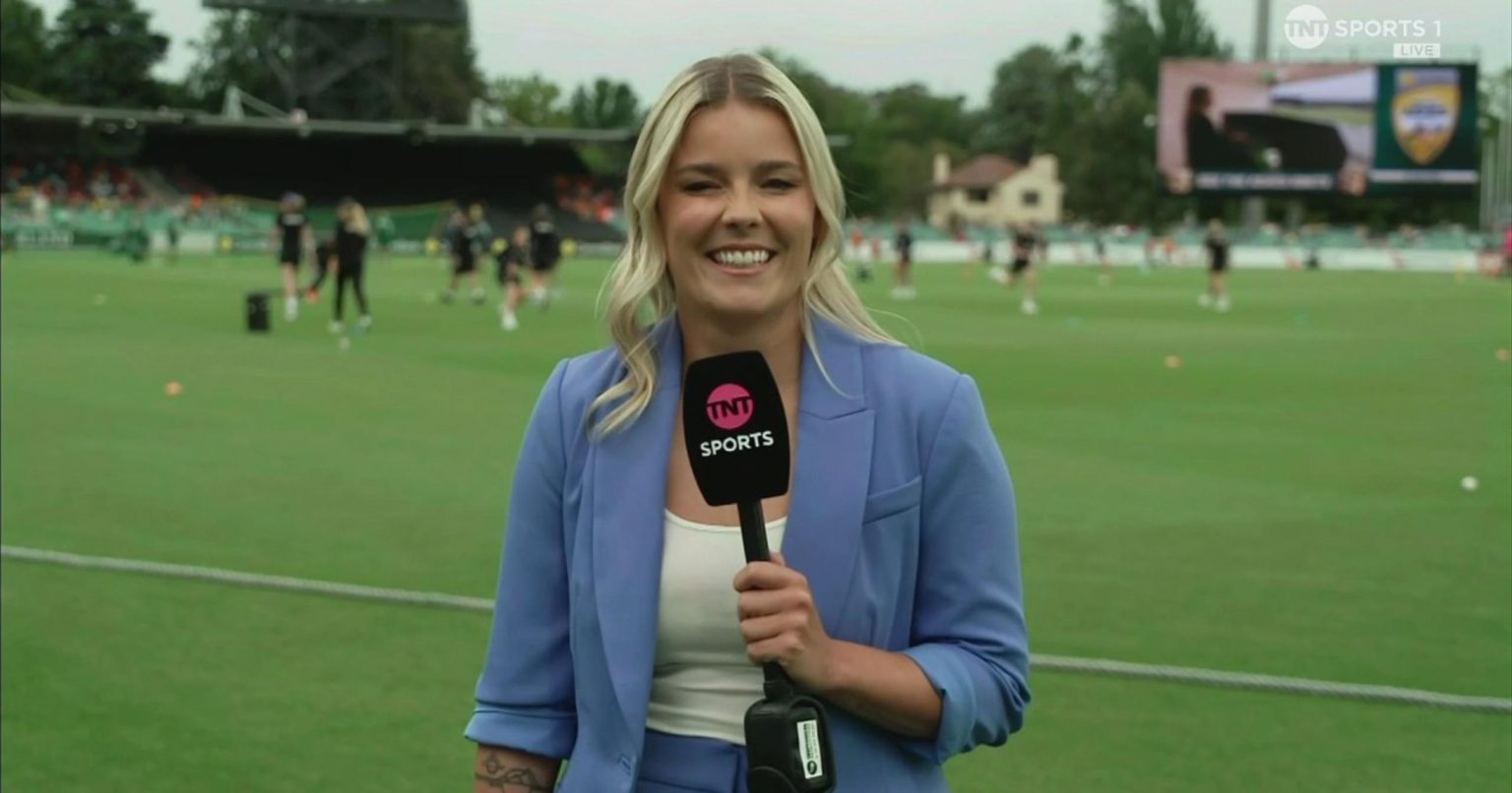The cricketing world buzzed with an unexpected controversy during the recent Women’s Ashes series, as tensions flared between England spinner Sophie Ecclestone and TNT Sports broadcaster Alex Hartley. Following England’s defeat in the first T20I, Ecclestone declined an on-pitch interview with Hartley, a decision that sparked widespread speculation and discussion. The incident gained further traction when Hartley, visibly emotional, opened up about the situation on air with the TNT Sports studio team. She expressed the personal impact of Ecclestone’s refusal, highlighting the complexities and often overlooked pressures inherent in sports broadcasting, particularly for former players transitioning into media roles. This incident illuminated the delicate balance between professional objectivity and personal relationships within the sporting arena.
Hartley’s on-air discussion provided valuable insight into the emotional toll of her profession. Facing rejection from a former teammate and friend added a layer of personal hurt to the standard professional disappointment of a missed interview. She articulated the vulnerability inherent in putting oneself forward, especially in a public forum like live television, and how such rejections can be magnified under the intense scrutiny that accompanies high-profile sporting events. Her candidness sparked wider conversations about the often-unseen emotional labor involved in broadcasting and the challenges faced by former athletes navigating the transition from the playing field to the commentary box. The incident underscored the fine line broadcasters tread, striving to maintain journalistic impartiality while simultaneously managing personal connections and histories within the sport they cover.
The Ecclestone-Hartley incident also raised questions about the evolving dynamics between players and the media in the modern sporting landscape. With the proliferation of social media and the increasing accessibility of athletes, the traditional boundaries between these two spheres have blurred. Players are increasingly conscious of their public image and the potential impact of their interactions with the media. This heightened awareness can lead to increased caution and, as seen in this instance, a reluctance to engage in interviews, particularly after a disappointing performance. The incident highlighted the shifting power dynamics in the player-media relationship, where athletes now have more agency in controlling their narratives and choosing their moments of engagement.
Further complicating the situation were pre-existing personal dynamics between Hartley and Ecclestone. As former teammates on the England cricket team, they shared a history that extended beyond the professional realm. This pre-existing relationship added a layer of emotional complexity to the on-air incident, highlighting the challenges of impartiality when covering individuals with whom one has a personal connection. Hartley’s emotional response underscored the difficulty of separating personal feelings from professional duties, particularly in high-pressure situations. The incident demonstrated the delicate tightrope walk broadcasters must navigate, striving to maintain objectivity while acknowledging and managing pre-existing relationships within their field.
The Ecclestone-Hartley situation also brought to light the specific challenges faced by female athletes and broadcasters in a traditionally male-dominated sporting environment. Women in sports often face heightened scrutiny and pressure, navigating a landscape where their performances and professional decisions are frequently subjected to intense public examination. The incident highlighted the unique challenges women face as they balance personal and professional lives under the media spotlight. Hartley’s vulnerability in sharing her experience provided a valuable opportunity to discuss these challenges and advocate for greater understanding and support for women in sports media.
Ultimately, the incident served as a microcosm of the broader complexities inherent in modern sports broadcasting. It highlighted the emotional labor of broadcasters, the shifting dynamics between players and the media, and the specific challenges faced by women in the industry. The public nature of the disagreement provided a platform for discussing these important issues and underscored the need for greater transparency and empathy within the sporting world. The incident served as a reminder of the human element behind the often-polished façade of professional sports, reminding viewers that athletes and broadcasters alike are individuals navigating complex personal and professional landscapes.

